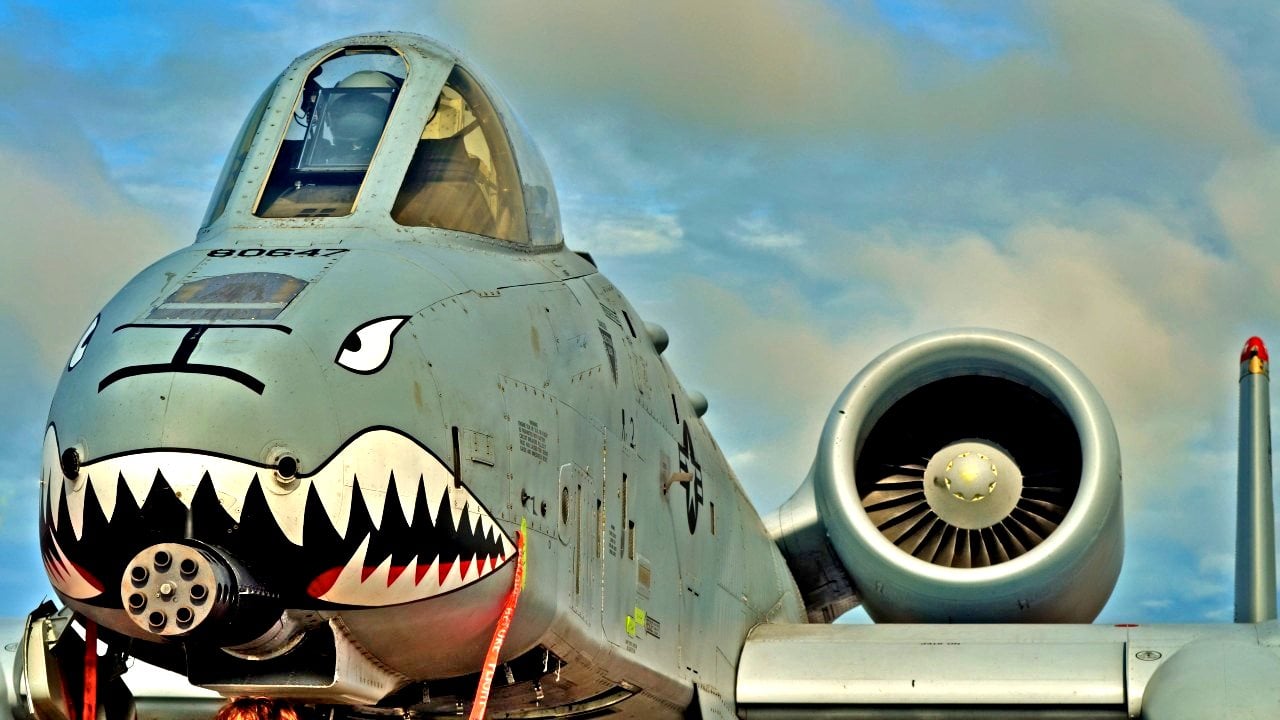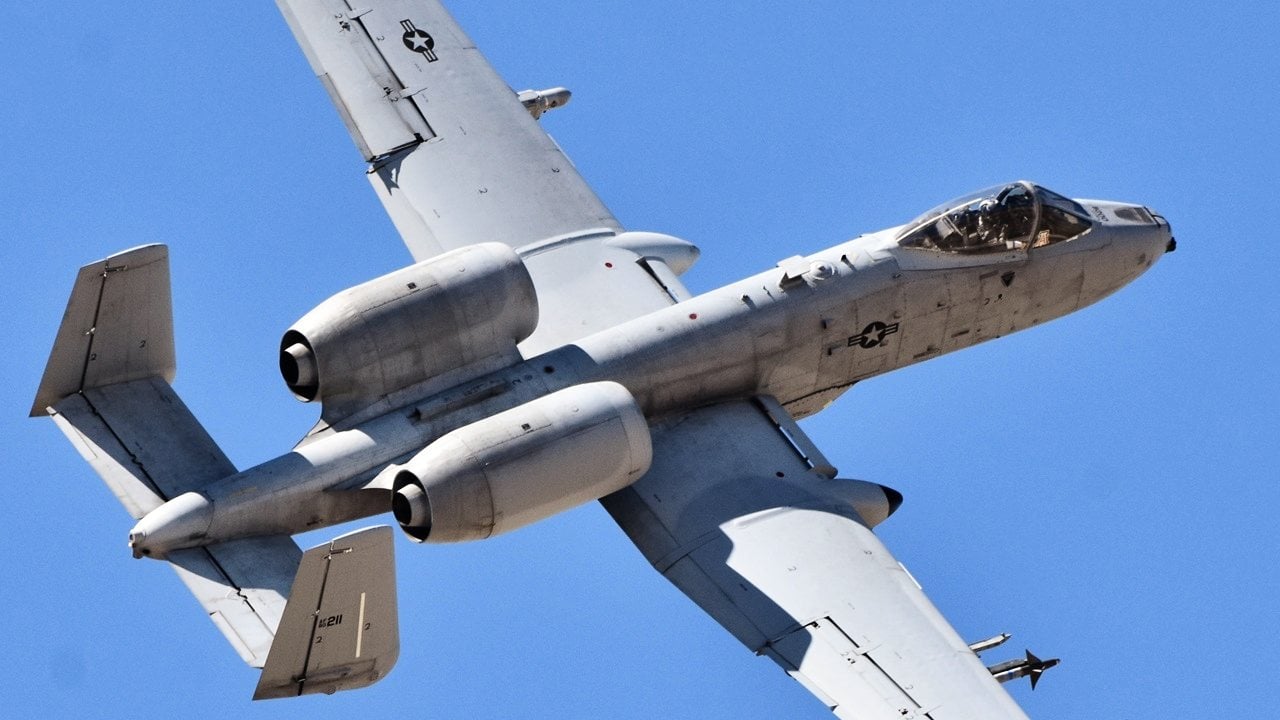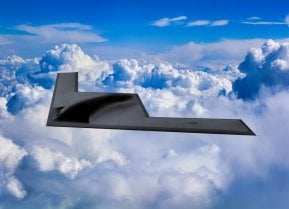A-10 Warthog Obsolete? Let's Look At the Combat Record
The A-10 Warthog saw her first combat deployment of Operation Enduring Freedom in March 2002, and “made an immediate impact”.
The A-10 Warthog: Does It Have a Place on the Modern Battlefield? “Oh I wish I had a gun just like the A-10/I’d be happy as a baby in a playpen/I’d mow ‘em down like a weed-eater/With that 30 millimeter/I wish I had a gun just like the A-10.”
By quoting that song passage, I finally make up for lost time. I neglected to dedicate any such songs in my previous pieces on the A-10 Warthog, the way I do for so many of the warbirds that I write about.
The song is courtesy of Dos Gringos, a two-man band consisting of F-16 pilots and Operation Iraqi Freedom veterans, Chris “Snooze” Kurek and Robert “Trip” Raymond.
Upon further reflection, I may have given short shrift to the A-10’s performance in the Global War on Terror, other than a brief reference to retired U.S. Air force Col. Kim “Killer Chick” Campbell’s remarkable survival story. This article aims to correct the oversight.
Operation Enduring Freedom
The A-10 saw her first combat deployment of Operation Enduring Freedom in March 2002, and “made an immediate impact” as stated by Gabriele Brison of The Aviation Geek Club. Brevity doesn’t permit a full treatise on the Warthog’s OEF combat history, so for now we will focus on an operation-within-an-operation, i.e., the Operation Mar Kardad (“Snakepit”) phase, also known as the Battle for Musa Qala.
This was actually a British-led mission, but it was presented as the first battle in which Afghan National Army units formed the main fighting force, as well as the lead element. As Mr. Brison elaborates, “The liberating of Musa Qala was a small victory in what would be a larger battle for Helmand province, the primary focus point for ISAF operations over the next few years. As a result it became the centre of A-10 operations.”
Gabriele goes on to cite the anecdotal example of then-Capt, Eric White, a Warthog driver who made several sorties in support of ANA and ISAF forces. On one particular pass. Capt, White made judicious use of one of his GBU-38 Joint Direct Attack Munitions to snuff out Taliban elements who had been firing on a unit of U.S. Army engineers who were trying to build a bridge. Shortly after, Capt. White and his faithful Warthog came to the aid of a combined ANA/SOF convoy that was beset by a mine-tossing Taliban truck.
Capt. White went on a so-called “BRRRRRTTTTTTT run” with his 30mm cannon.

In his own words: “The explosion lit up the entire valley, allowing me to see a gigantic smoke ring rising from the wreckage of the truck. My first thought was that the convoy had been hit, but fortunately that wasn’t the case. When the ground forces reached the area where the truck had exploded, the biggest piece they could find was an axle. The thing was obliterated, who knows how much ordnance had been on it? The funny thing was that while my wingman was on the boom, all this happened at his ‘six o’clock’, prompting the boom operator to ask him, ‘Holy cow, what was that?'”
OIF: April 6, 2003
Besides the aforementioned Col. Campbell’s story, arguably the most famous A-10 mission of OIF was flown on this particular date by then-Capt. (now retired Lt. Col.) Gregory Thornton, who earned the Silver Star for his efforts.

On that day, soldiers of the U.S. Army 3rd Infantry Division’s 2nd Battalion, 69th Armor Regiment ran afoul of a phalanx of Iraqi army troops dug in on the eastern side of a bridge spanning the Tigris River. Iraqi main battle tanks, backed up by armored personnel carriers, began firing on the lead American element. To make matters worse, a sandstorm severely degraded visibility for Coalition aviators – but that didn’t deter Capt. Thornton. As his Silver Star citation reads:
“Captain Thornton repeatedly maneuvered his aircraft to within 3,000 feet of enemy forces to bring his 30-millimeter Gatling gun to bear. This courageous and aggressive attack, while under withering fire and in poor weather, along with Captain Thornton’s superior flying skills and true attack pilot grit, allowed the Task Force and Armor Battalion to successfully accomplish their objective linking up with coalition forces completing the 360-degree encirclement of Baghdad.”
The tally for Capt. Thornton his beloved Warthog: three T-72 tanks destroyed or dismantled, along with six armored personnel carriers and several utility vehicles that were within striking distance of the American troops.
Operation Inherent Resolve (Anti-ISIS Campaign): July – October 2017
In this timeframe, A-10 pilots – specifically the 74th Expeditionary Fighter Squadron, or the “Flying Tigers” – made key contributions to the liberation of the Syrian city of Raqqa from ISIS forces. Those contributions earned the modern-day Flying Tigers (not to be confused with Gen. Claire Chennault’s American Volunteer Group of WWII) the Gallant Unit Citation – the second-highest honor that can be bestowed on an Air Force unit. They became the first individual squadron to receive the recognition, and marked only the fifth time the Air Force has given the award since creating it in 2001.

According to the award citation, “the 74 EFS struck 44 percent of all targets in OIR, which resulted in the liberation of Raqqa, the decimation of ISIS war-making revenue streams, and the elimination of ISIS from 99 percent of Iraq and Syria.” The unit's airstrikes killed 3,100 ISIS fighters, all the more remarkable when one considers that the 74th EFS used only 12 Warthogs throughout the deployment.
Where to From Here for the Warthog
Two out of three A-10 exploits we just described transpired within the last five years, yet there is still a highly contentious debate on whether or not the Warthog will remain viable for the remainder of this decade.
A subset of that debate is whether or not some of the warbirds should be sent to Ukraine.
About the Author
Christian D. Orr is a former Air Force Security Forces officer, Federal law enforcement officer, and private military contractor (with assignments worked in Iraq, the United Arab Emirates, Kosovo, Japan, Germany, and the Pentagon). Chris holds a B.A. in International Relations from the University of Southern California (USC) and an M.A. in Intelligence Studies (concentration in Terrorism Studies) from American Military University (AMU). He has also been published in The Daily Torch and The Journal of Intelligence and Cyber Security. Last but not least, he is a Companion of the Order of the Naval Order of the United States (NOUS).
All images are Shutterstock.


